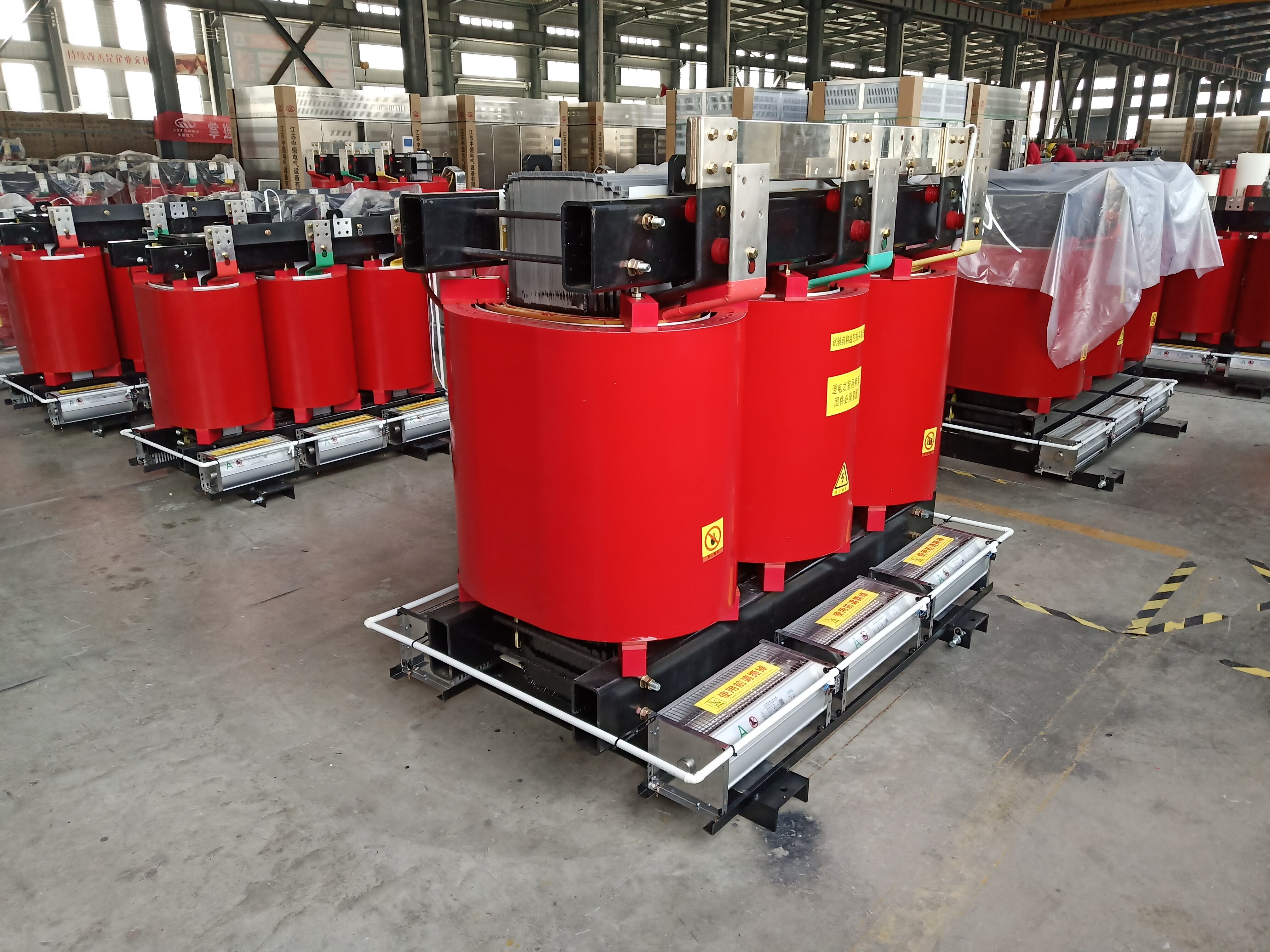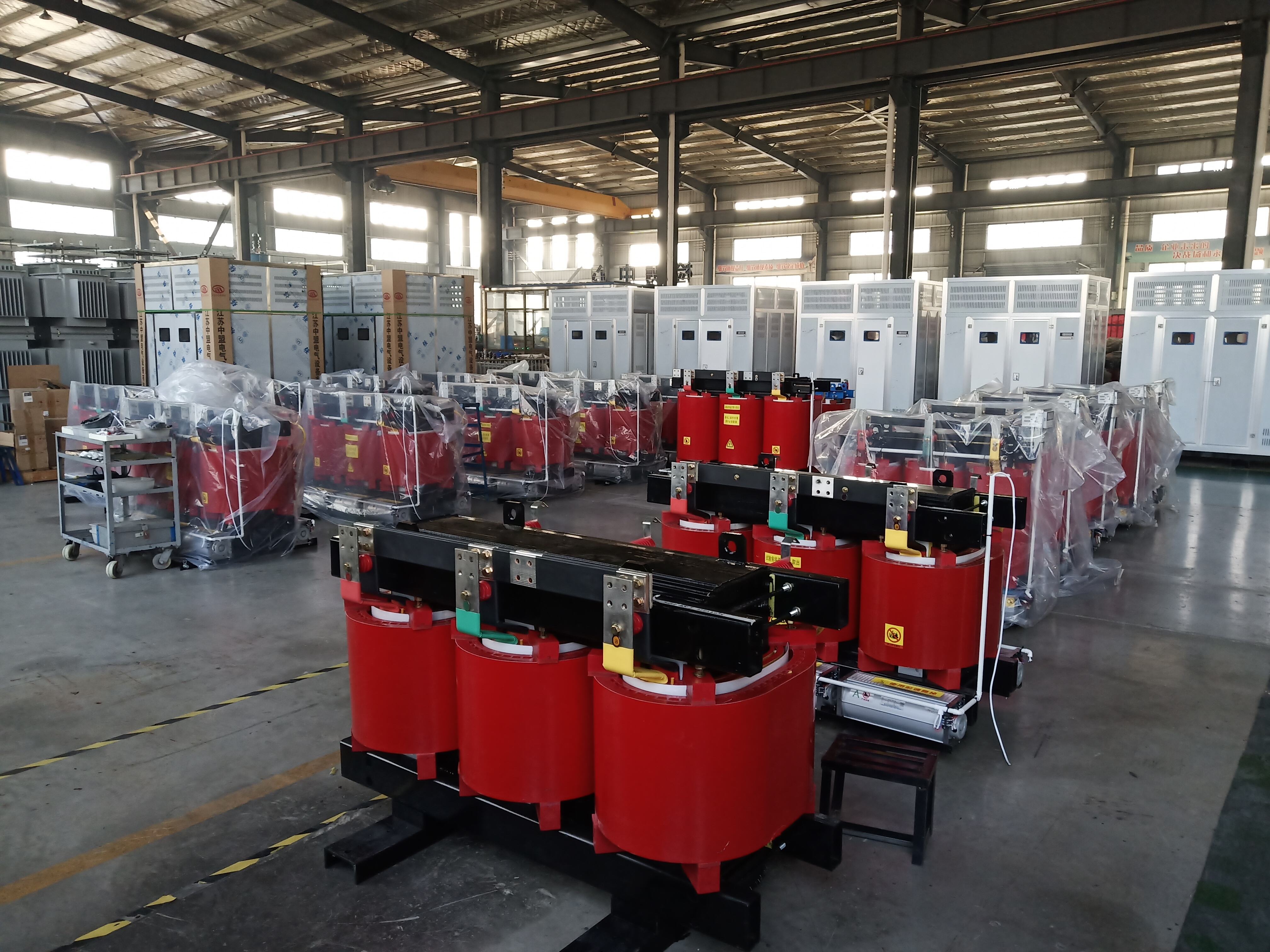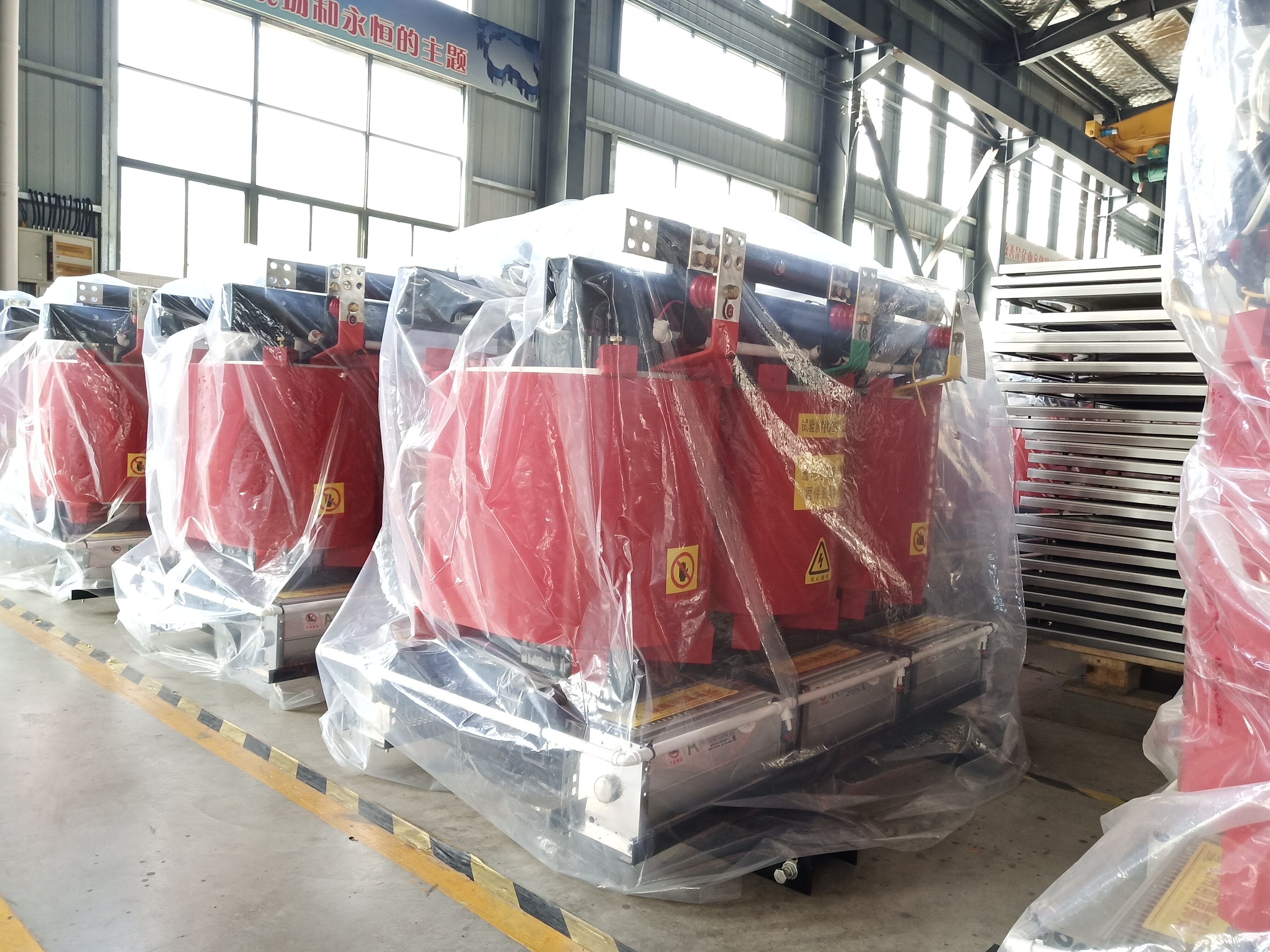dry type transformer types
Dry type transformers represent a significant advancement in electrical power distribution technology, characterized by their unique design that uses air as the cooling medium instead of oil. These transformers are available in various configurations, including cast resin, vacuum pressure impregnated (VPI), and open wound types. The cast resin type features windings that are encased in epoxy resin and quartz powder, providing excellent protection against environmental factors. VPI transformers utilize a special process where windings are vacuum-impregnated with polyester resin, ensuring superior insulation. Open wound types are designed with high-grade insulation materials and are suitable for indoor applications in controlled environments. These transformers typically operate in voltage ranges from 480V to 35kV and are capable of handling power ratings from 500kVA to 34MVA. Their core construction usually employs grain-oriented silicon steel to minimize energy losses and maintain high efficiency. Modern dry type transformers incorporate advanced monitoring systems for temperature control and ventilation management, ensuring optimal performance and extended service life. They are particularly well-suited for installation in buildings, hospitals, schools, and industrial facilities where safety and environmental considerations are paramount.


